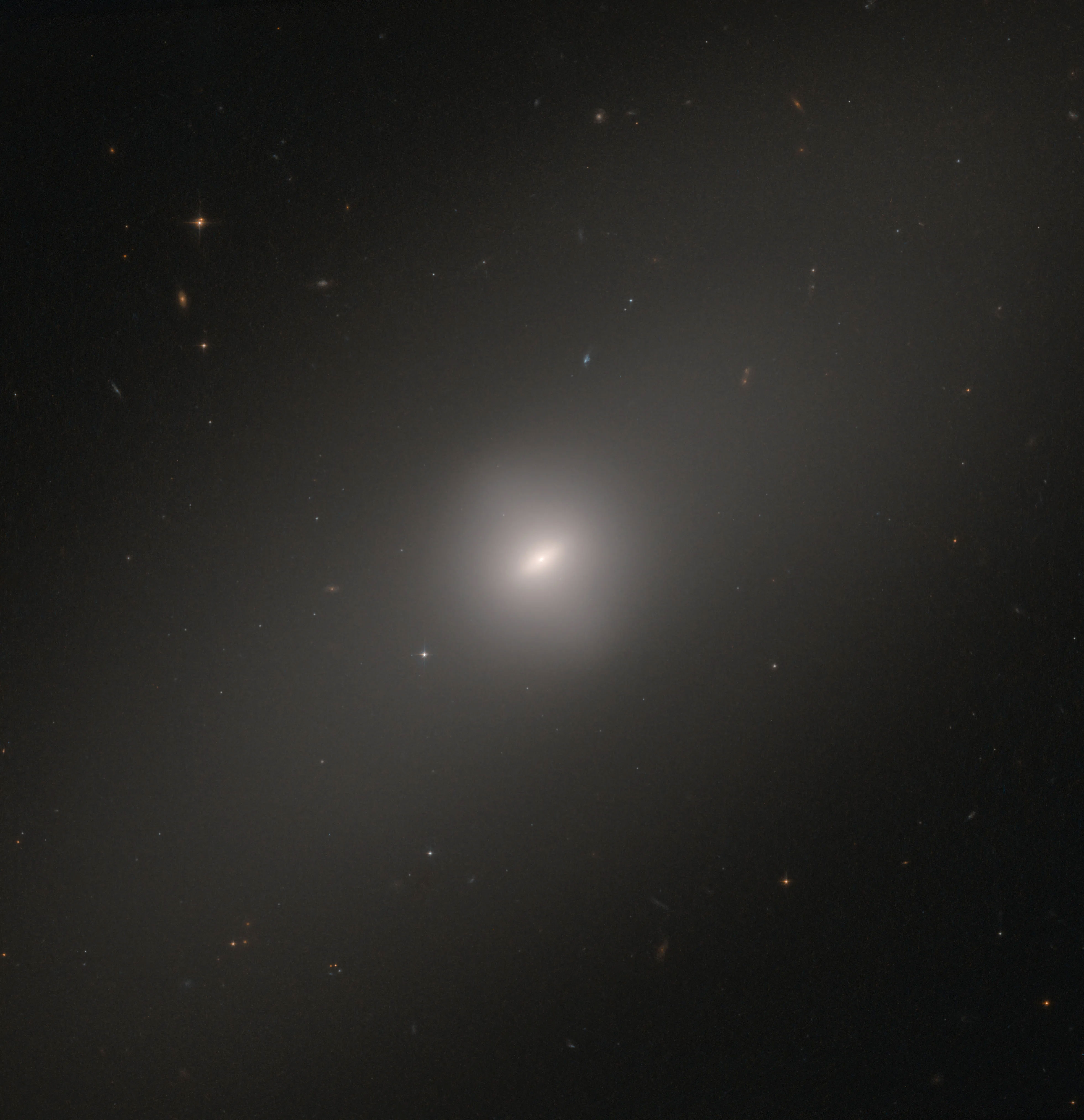Old age is the one thing the Hubble telescope and its latest photo have in common
The Hubble Telescope has just sent back an image of the ageing NGC 3384 galaxy

The poor Hubble telescope has become a bit of a geriatric since the younger, higher-res James Webb Space Telescope started its mission. In its heyday it delivered images of space in never-before-seen quality, offering scientists and researchers wisdom than ever before on how the universe came to be.
Almost 30 years after its launch, the Hubble telescope orbits much closer to Earth but it’s still delivering photos from Space - albeit lower res than the mighty JWST.
In the latest image, the NGC 3384 galaxy is visible and although the slightly blurred image isn’t as jaw-dropping as other images from space, it still holds importance. The so-called elliptical galaxy is rounded in shape, shows few visible features and rarely shows recent start formations. These galaxies are dominated by old, aging red-hued stars unlike the Milky Way (a spiral galaxy) which is bursting with populations of young blue stars that create the spiral arms around its bright core.
What’s interesting about this image is that at its center there appears to be a disc-like structure you would normally expect to see in a spiral galaxy, such as the Milky Way. A central bar is thought to funnel material through and around a galaxy’s core helping to maintain and fuel activities and processes that occur.
In recent years, the Hubble Telescope has had to undergo maintenance so it's kept in a low orbit close to Earth so that it is safe and accessible for astronauts to repair and upgrade its components. To this day, the Hubble orbits the Earth at 17,000mph/27,000 kph, sees 15 sunrises every day and in its lifetime has traveled over 4 billion miles. The Hubble telescope may have been superseded by the JWST but its contribution to our understanding of space has been monumental.
As the Hubble Telescope edges closer to retirement, it will continue to photograph space, informing astronomers and researchers of the secrets of the universe.
Check out the best telescopes for astrophotography, and see our guide to all the best lenses for astrophotography
Get the Digital Camera World Newsletter
The best camera deals, reviews, product advice, and unmissable photography news, direct to your inbox!

Having studied Journalism and Public Relations at the University of the West of England Hannah developed a love for photography through a module on photojournalism. She specializes in Portrait, Fashion and lifestyle photography but has more recently branched out in the world of stylized product photography. Hannah spent three years working at Wex Photo Video as a Senior Sales Assistant, using her experience and knowledge of cameras to help people buy the equipment that is right for them. With eight years experience working with studio lighting, Hannah has run many successful workshops teaching people how to use different lighting setups.
